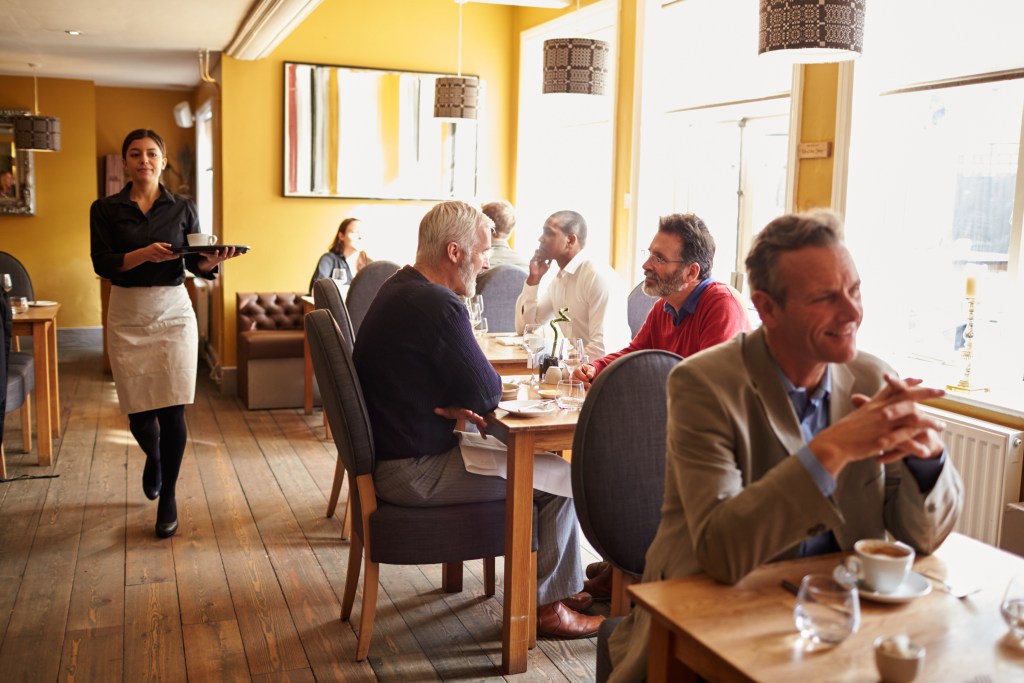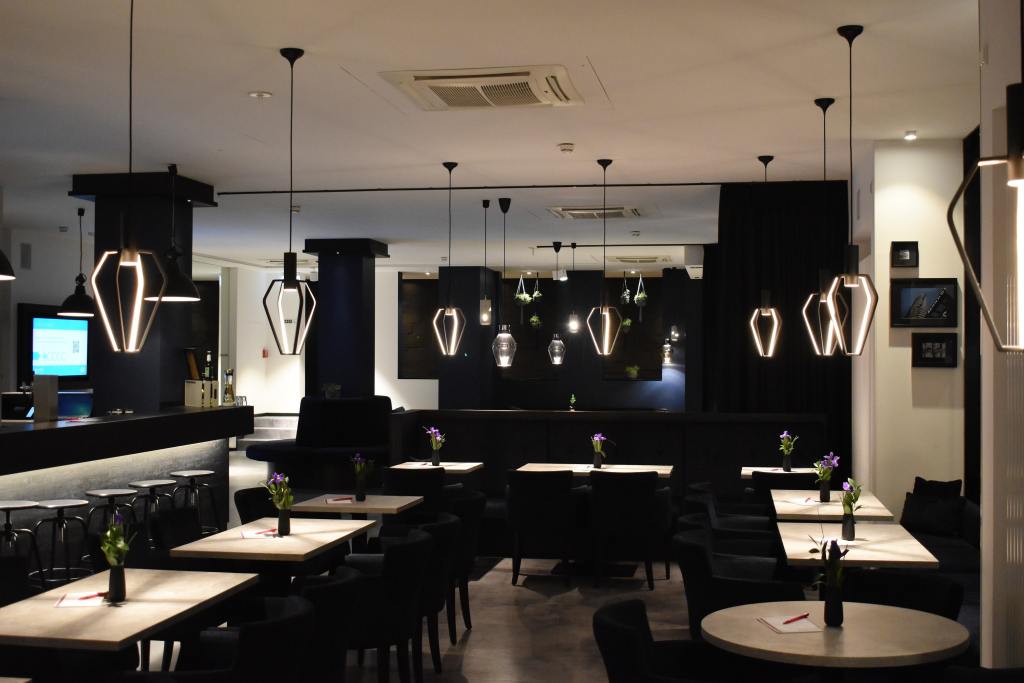The interior of a restaurant is important for generating revenue, amazing customers, and keeping your business running smoothly. Design choices impact you and your customers’ mindset. And the layout of your restaurant impacts your team’s ability to operate the business efficiently.
Your restaurant’s interior design affects the public perception of your brand value, too. If you’ve never thought about the customer experience beyond high-quality food or service, you may overlook the importance of the setting and design in a restaurant.
But the ambiance isn’t something your subconscious overlooks any more than your customers do. Discover why you need to prioritize your restaurant’s design and the tips for making it happen with this guide.

Why the interior of a restaurant matters
You’ve eaten at restaurants before, so you understand what walking through the front door of certain establishments communicates. Depending on your intended ambiance, a business communicates many things with its furnishings, layout, color scheme, and more. Sometimes, a space impacts perception in ways you never intended.
Color choice and mood
Color theory isn’t a new concept, but it impacts customers more than you might think. Lighter and darker colors affect people in different ways. Warmer or cooler tones vary significantly in how they impact space, too. Here’s a brief look at various hues impact on perception:
- Reds and oranges: energy, passion, warmth
- Yellows: happiness, creativity, calming
- Greens: soothing and calming
- Blues and purples: calming, luxurious
- Grays: relaxation
- Browns: calming, relaxing
- Black: statement, powerful
- White: clean, purity, sterile
You can mix and match colors to balance different perceptions. Changing the tone and accenting certain areas like archways, transition spaces, and walls affect how people feel and sense a space.
Filling a space
There are many ways you can fill the interior of a restaurant. How you layout the dining space, place furniture near windows, decorate walls, and more impact perception of a space. Too much clutter and a restaurant goes from high style to kitschy.
Too little decor and customers may feel they’re in an austere, clinical space. How and what you fill space can play valuable visual tricks and create an illusion of space. The right design conveys cozy, chic, or whatever energy you prefer.
Energy and flow
If people perceive more energy in a space, it impacts how they feel when eating, ordering, and recommending your business to others. Feng Shui is a cherished tradition in many countries worldwide, focusing on intention when creating a space.
You can apply the same basic principles when designing your restaurant. Paying specific attention to the most important details of your brand will impact your customers’ experience. This kind of intentionality encourages you to prioritize how you design your restaurant’s interior, too.

How to design restaurant interiors
Now that you know why the interior of your restaurant matters; you need to learn how to decorate it. When cultivating a restaurant’s interior, there are many details to consider, but there’s a clear path to designing it effectively. Balancing every detail is challenging but not impossible.
Select a concept
Your restaurant’s concept will likely be informed by the chef and cuisine prepared in the kitchen. If your menu varies often, you may have many concepts to choose from. The most important thing to consider is something that communicates your company and brand value overall.
Once you choose a concept, it’s much simpler to select other features like furniture and accessories. Even determining the restaurant’s floor plan is simpler with a concept in mind. Whatever you select informs the overall aesthetic of your restaurant, no matter how broadly or narrowly you interpret it.

Create a floor plan
Choosing a floor plan is even more important than choosing a concept. How you lay out furniture and accessories depends on your floor plan. Your operations and ambiance will actually be conceptualized with a designed floor plan.
Floor plans vary by budget, concept, and actual square footage. When you layout your space, you’ll have constraints determined by these factors (and potentially more).
Choose furniture and accessories
These details are important for finalizing your floor plan and concept. Restaurant seating, silverware, lighting fixtures, and more all affect the dining experience. Of course, the food is the most important element, but how you sell matters.
Your chosen concept will inform the textures, colors, and materials for goods and accessories. Where you find these items depends on your aesthetic and budget, too.
Designing a better restaurant interior
You’ll find that the more you plan your restaurant’s interior, the easier it is to conceptualize. Design matters whether you’re starting with a competitive idea, an innovative market disruptor, or expanding your restaurant empire. You might base it on a dream chef, your favorite cuisine, your culture or heritage, or more.
Whatever sparked your restaurant’s conception, don’t overlook its insides. Make sure you allow time for proper planning from concept to design to layout to its grand opening.

